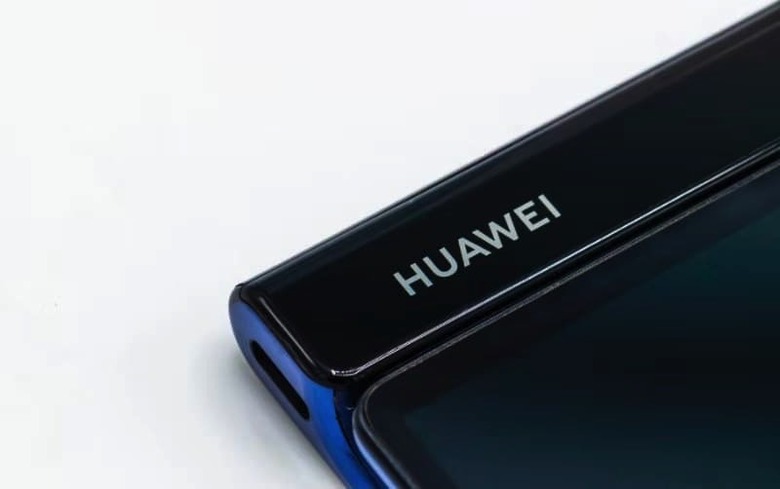The US Government Just Delivered Its Biggest Blow Yet To Huawei
It's no secret that the US government isn't fond of Huawei, currently the second largest smartphone maker on the planet. The US has often criticized Huawei for its alleged ties with the Chinese government, and citing security concerns, it effectively banned the sale of Huawei smartphone in the country and advised allies not to procure Huawei networking equipment for cellular infrastructure investments, with particular focus on 5G.
But this week, the Trump administration just made its most important move against Huawei yet.
The US just put Huawei and 70 of its affiliates on an exports blacklist which could seriously cripple Huawei's ability to conduct business for the foreseeable future. What that means is that the US government would have to approve Huawei's purchases of US components and technology, Reuters explains. If the move sounds familiar, that's because ZTE went through something similar last year, and it nearly ruined the company.
It's not just hardware from US companies — including Qualcomm, Intel, and Micron — that Huawei needs and the government would have to approve, but anything else coming from the US, including software. Google doesn't collect a fee for Android, but an exports ban might prevent Huawei from licensing Android. Huawei also makes Windows laptops, with Microsoft providing the operating system.
The move might also hinder China's 5G rollout plans, the report notes. "Assuming the US export ban on Huawei remains unresolved for the next 12-24 months, we highly doubt if China would stick to its timetable of building 5G aggressively," Jeffries wrote in a note seen by Reuters. Previous reports also highlighted that Huawei's lead in 5G might be one reason why the US government has been moving against the tech company, and the whole situation gets even more complicated when you factor in the escalating trade war with China.
Huawei, meanwhile, has always disputed claims that its equipment can be used for spying purposes, relying on partners including European and US tech companies to make its case.
The ban on Huawei, which has yet to take effect, would also affect the US companies who conduct business with Huawei. As Reuters revealed in a different piece, out of $70 billion that Huawei spent for component procurement last year, some $11 billion went to US firms. Also, the Chinese government may choose to take measures against US companies in China, with Apple being a prominent target.
Finally, other international mobile operators that have developed their 5G networks with Huawei equipment might be left scrambling for alternative components. Huawei's inability to manufacture networking equipment would, in turn, hurt other suppliers of parts from other markets.
Huawei said that it's "ready and willing to engage with the US government and come up with effective measures to ensure product security." Alternatively, the company will resort to its "contingency plan. What we have prepared has already been used in some of our products in the Chinese market," Huawei Chairman Eric Xu said.
In a different move, President Donald Trump signed an executive order on Wednesday barring American companies from using telecommunications equipment made by firms labeled as security risks. While the document doesn't name any specific company, Huawei is clearly a suspect.
It was ultimately Trump who wanted to save ZTE, but it's unclear what will happen in Huawei's case.
